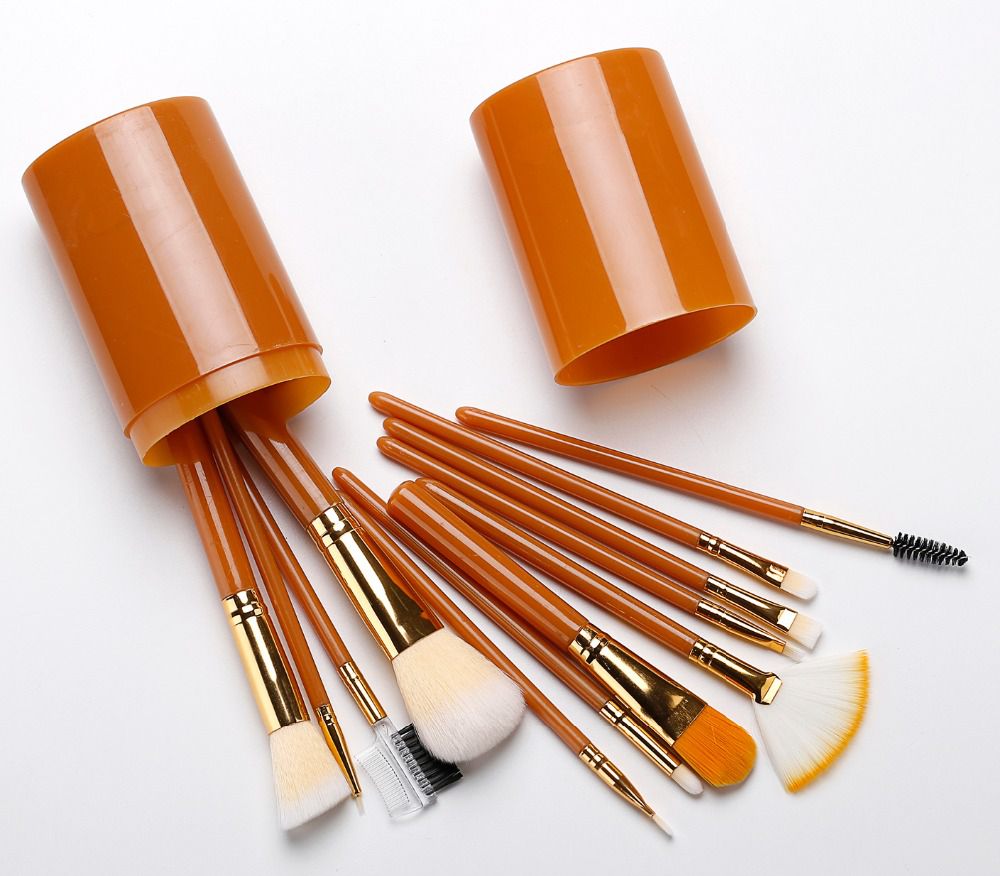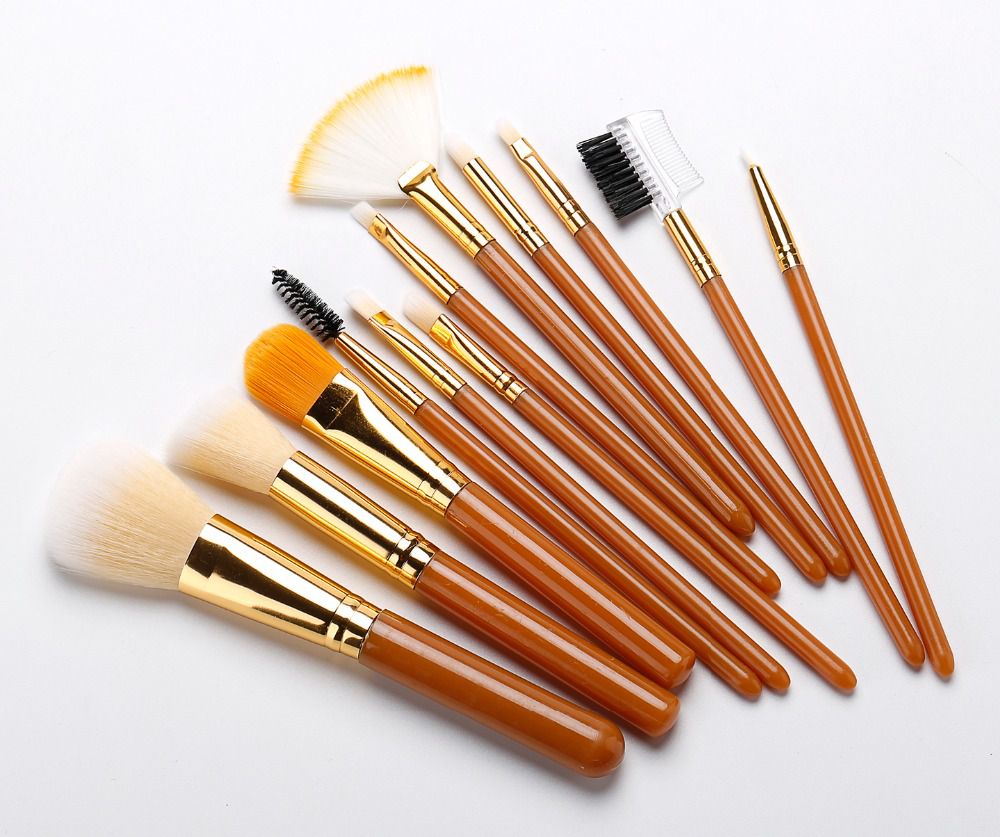Industry news
Japanese Brush Artisans Collaborate with Tech Firms to Develop Smart Bristle Sensors
- 151 Views
- 2025-08-19 01:31:19
Japanese Brush Artisans and Tech Firms Unite to Craft Smart Bristle Sensors: Merging Tradition with Innovation
For centuries, Japan’s brush-making artisans have been revered globally for their unparalleled craftsmanship. In regions like Kyoto and Hiroshima, family-run workshops—some operating for over 150 years—have perfected the art of handcrafting brushes using techniques passed down through generations. These artisans meticulously select materials, from soft mountain goat hair to fine squirrel fur, and shape bristles with precision, ensuring each brush balances flexibility, texture, and durability. Their creations, once limited to traditional calligraphy, makeup, and art, now stand at the forefront of a technological revolution: the development of smart bristle sensors, born from unexpected collaborations with tech firms.

The partnership between these master craftsmen and tech innovators stems from a shared goal: to enhance the functionality of brushes without sacrificing the artistry that defines them. “Traditional brushes excel in feel and precision, but modern users—whether in cosmetics, industrial manufacturing, or healthcare—crave data-driven insights,” explains Takeshi Tanaka, lead engineer at TechSense Inc., a Tokyo-based tech startup collaborating with Kiyoshi Brush Workshop, a 120-year-old Kyoto工坊. “Our sensors turn brushes into ‘smart tools’ that bridge tactile intuition with actionable data.”
At the heart of this innovation lies the smart bristle sensor: a微型, flexible device embedded near the base of brush bristles. Crafted from biocompatible polymers, the sensor is thin enough (0.02mm) to avoid altering the brush’s natural feel—a critical detail, as artisans like Kiyoshi Workshop’s master craftsman, Yuki Sato, emphasize: “A brush’s ‘soul’ is in its touch. If the sensor makes it stiff or uneven, we’ve failed.” Instead, the sensor works symbiotically with the bristles: when pressure is applied (e.g., during makeup application or industrial painting), it detects force (measured in grams), bristle angle, and even subtle changes in bristle density—data transmitted via low-energy Bluetooth to a companion app.

In the cosmetics sector, this technology is transformative. For professional makeup artists and everyday users, the sensor provides real-time feedback: “If you press too hard with a foundation brush, the app alerts you to lighten pressure by 15%, preventing streaks,” Tanaka notes. It also tracks usage patterns, suggesting bristle replacement when wear (detected via density shifts) reaches 20%—a game-changer for product longevity. Beyond beauty, industrial applications are equally promising: automotive paint brushes equipped with the sensors monitor bristle wear, ensuring uniform coating and reducing material waste by 30%, according to early trials with a Japanese automaker.
What truly sets this collaboration apart is its respect for tradition. Tech firms aren’t replacing artisans; they’re amplifying their expertise. Sato’s team consulted closely on sensor placement, leveraging their knowledge of how bristles flex under different pressures to optimize data accuracy. “We taught engineers about ‘kirei na hade’—the ‘clean stroke’ that defines a quality brush,” Sato says. “They translated that into algorithms that recognize ideal pressure ranges.” The result? A product where 80% of the manufacturing process remains handcrafted, preserving the artisanal touch, while the sensor adds a layer of intelligence that appeals to tech-savvy markets.

As global demand for “smart, sustainable, and story-driven” products grows, this fusion of old and new positions Japanese brushmakers as pioneers. Market analysts predict the smart cosmetic brush segment could grow by 25% annually over the next five years, with industrial and medical applications adding further momentum. For the artisans, it’s a chance to ensure their craft endures: “Our grandparents made brushes for artists; we’re making them for the future,” Sato reflects.
In an era where innovation often overshadows heritage, the collaboration between Japanese brush artisans and tech firms offers a powerful blueprint: tradition isn’t a barrier to progress—it’s the foundation. And in their smart bristle sensors, we see the best of both worlds: the warmth of human craftsmanship, enhanced by the precision of technology.











